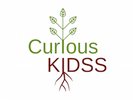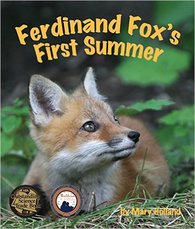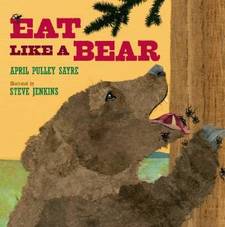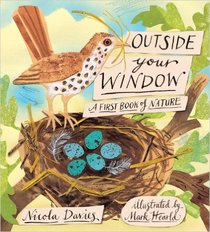|
After completing the First Impressions activity, students will use an Idea Circle approach to find out more information about the characteristics of living things. Encourage students to select a living thing that they dislike or have neutral feelings about. Each student will select a book about a specific plant or animal. These non-fiction books may be in the teacher’s classroom library, the school library, borrowed from public libraries or online libraries. See “Resources for eBooks and Digital Media” for suggestions on finding content online. 1. Students begin by selecting a book about an animal. Some books will not provide all of the information requested on the graphic organizer. Teachers can decide to implement any of the following as a whole class, or differentiate strategies for individuals or small groups. Students can use:
2. As they read, students fill out a graphic organizer about how their living thing gets its energy, grows up and reacts to its environment. If needed, this activity could be completed as a small group working collaboratively to complete one graphic organizer. Another option could be for students to add the characteristics of their living thing to a class chart as they complete their individual or small group research. 3. Students share the results of their research on their living thing with their small and/or large group(s). This research can be completed during time allocated for science instruction, as a center activity, or during time allocated for reading. Suggested Text for the Idea Circle
0 Comments
Leave a Reply. |




